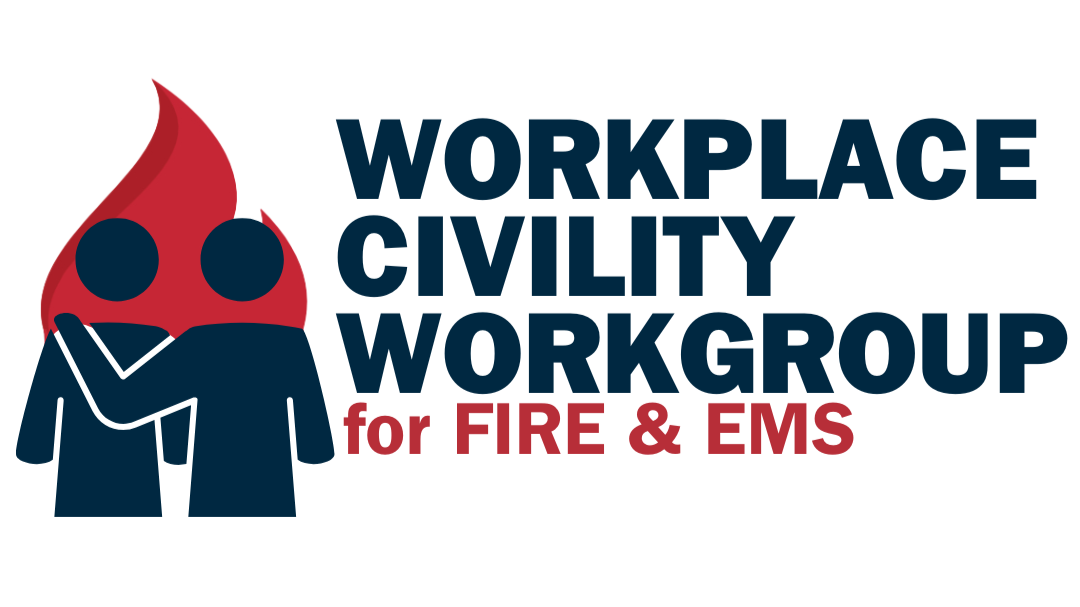Science to the Station WorkGroups are coming SOON!
Why We Have Them
Our workgroups exist to:
- Align science with real-world needs:
By mixing frontline fire/EMS professionals with researchers and practitioners, we ensure that emerging science addresses the actual challenges responders face every day.
- Identify gaps and opportunities:
Through regular dialogue, members surface unmet needs, emerging trends, and overlooked areas where research, innovation, or policy can make a difference.
- Co-create usable solutions:
Workgroups focus on developing practical tools, resources, and strategies that can be implemented in departments and agencies across the country.
- Foster connection and collaboration:
Members form lasting networks with others who share their passion and expertise, creating a dynamic space for knowledge exchange and joint problem-solving.
These groups are where science meets the station, literally, so that the work we do improves the health, safety, and effectiveness of those who serve.
What Are Science to the Station Workgroups?
Science to the Station workgroups are collaborative teams that bring together fire and EMS professionals, academic researchers, and subject matter experts to bridge the gap between science and the street. Each workgroup is centered around a critical topic area impacting the fire and emergency services.
Our current workgroups include:
Sleep
Cancer
Occupational Health
Reproductive Health
Human Performance
Mental Health
Recruitment & Fire Camps
Workplace Civility
Requirements for Science to the Station Workgroup Membership
To maintain the integrity, focus, and impact of our workgroups, all members must meet the following criteria:
1. Active Science to the Station Membership:
Members must maintain a current, paid membership with Science to the Station for the duration of their involvement.
2. Relevant Professional Affiliation:
Members must be actively engaged in one of the following:
- Serving as a firefighter, EMT, or paramedic with a recognized fire or EMS agency
- Employed by an academic or research institution in a role relevant to the workgroup’s focus -Working with a company or organization that delivers services directly aligned with the goals of the specific workgroup (e.g., cancer prevention, mental health support, reproductive health)
3. Ongoing Engagement:
Members are expected to participate in at least one quarterly workgroup meeting per quarter and contribute meaningfully to discussions, initiatives, or deliverables throughout the year.
Explores how sleep quality, fatigue, shift schedules, and recovery time affect responder health, safety, and performance developing strategies to improve them.
Focuses on reducing occupational cancer risks in fire and EMS through research translation, prevention strategies, and practical interventions for individuals and departments.
Investigates how fire and EMS work impacts reproductive outcomes and maternal health, aiming to inform policy and create protections for current and future responders.
Promotes strength, mobility, resilience, and cardiovascular fitness in the fire/EMS workforce by translating performance science into sustainable practices and tools.
Connects behavioral health science with boots-on-the-ground realities, creating peer support tools, awareness campaigns, and actionable resources to support responder wellness.
Focuses on job-related health risks: exposures, environmental hazards, musculoskeletal injuries, as well as implementation of annual medical evaluations, early detection screenings, and preventive care.
Focuses on effective recruitment strategies and the expansion of fire camps and outreach programs to build the next generation of fire and EMS professionals.
Advances research and practice around psychological safety, organizational culture, and respectful work environments to support retention and wellbeing across the workforce.









